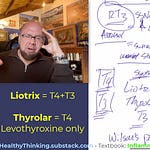UPDATE February-March 2025: I’ve noticed that some of the videos previously posted/streaming from the Vimeo platform are no longer reliably visible, while at the same time, this Substack platform has progressively allowed for direct uploading/embedding of videos; as such, many of the previously-posted videos are being reloaded directly into the Substack platform for more reliable access and archiving.
Video #8: Dysbiosis by Location—Blood, Tissue, Parenchymal Dysbioses
Objectives and Clinical Importance: Be able to define and explain the clinical significance of:
· Bacterial translocation to the blood from the gastrointestinal tract
· Bacterial translocation to the blood from the gingival mucosa
· Laboratory findings directly or indirectly consistent with bacterial translocation
· L-form bacteria
· Bonus: Discuss the role of tissue dysbiosis in the genesis and pharmacologic antimicrobial management of chronic low-back pain
Clinical narrative: The information in this presentation provides an eye-opening experience for clinicians by showing the presence of live bacteria in the blood and tissues of patients with common and chronic conditions such as diabetes type-2 (bacterial translocation from the gastrointestinal tract) and low-back pain (bacterial intervertebral disc infection, responsive to drug antimicrobial treatment).
I am sure that even within the past 10 years, many clinicians and specialist professors (eg, Immunology, Microbiology, Pathology) would have considered the idea of living bacteria and fungi within the human body as part of the “normal condition” to be absurd, impossible, incompatible with life, and inconsistent with everything they knew.
“Surely”, they would say, “the immune system keeps the internal tissues and organs in a sterile state.” The common paradigm of common knowledge would also have them state that “microbial infiltration of tissues and blood would be accompanied by a robust inflammatory immune response, so that such microbial colonization would be eliminated and thus could never be part of the normal condition of either health nor disease. Microbial infiltration of blood is bacteremia or septicemia, and is always a pathologic condition. Microbial infiltration of tissues is always a localized destructive infection, presenting clinically as an obvious infection.”
That is what they would say, and they would be wrong.
By now, we know that not even the uterus is sterile, and that babies are born with bacteria and probably other microbes.
By now, we know that patients with (for example) pancreatic cancer have microbial (fungal) colonization of their pancreas gland which affects inflammatory and immune responses.
By now, we know that patients with inflammatory neurologic conditions have bacteria living within their brains, almost certainly contributing to their neuroinflammatory and neurodegenerative conditions.
By now we know that patients with obesity and diabetes have specific microbial signatures of living bacteria within their blood, and that these microbes contribute to the systemic inflammation and insulin resistance that characterize obesity and diabetes.
All videos are being re-uploaded in Feb-Mar 2025 to provide direct and reliable access through the substack platform:
Microbiome Dysbiosis (1) Course Overview and Introduction to Major Concepts and Mechanisms
Microbiome Dysbiosis (3) Prototypes of Dysbiosis-Induced Disease (VIDEO:1hour,42minutes=102minutes)
Microbiome Dysbiosis (7) Dysbiosis by Location—Genitourinary Tract
with more to come!!
My course on “Human Microbiome and Dysbiosis in Clinical Disease” was developed over several years starting formally in 2015-2017 as a continuing medical education (CME) postgraduate online conference joint-accredited for doctors, nurses, and pharmacists:
“American Medical Association Physician's Recognition Award (AMA PRA) Category 1 Statement: This activity has been planned and implemented in accordance with the Essential Areas and Policies of the Accreditation Council for Continuing Medical Education (ACCME) through the joint providership … accredited by the ACCME to provide continuing medical education for physicians. …designates this educational activity for a maximum of 30 AMA PRA Category 1 credits.
Nursing Statement: …approved provider of continuing nursing education by the Washington State Nurses Association WSNA A-CNE, an accredited Approver of Continuing Nursing Education.
Pharmacy Statement: …accredited by the Accreditation Council for Pharmacy Education as a provider of continuing pharmacy education. Objectives appropriate for pharmacists.”
I’ve established legitimate expertise on this topic for more than 20 years via clinical experience, post-graduate conference presentations, book publications, and numerous peer-reviewed professional publications.
Dr Alex Vasquez. Reducing pain and inflammation naturally - Part 6: Nutritional and Botanical Treatments Against “Silent Infections” and Gastrointestinal Dysbiosis, Commonly Overlooked Causes of Neuromusculoskeletal Inflammation and Chronic Health Problems. Nutritional Perspectives 2006 Jan
Dr Alex Vasquez. Neuroinflammation in fibromyalgia and CRPS is multifactorial. Nat Rev Rheumatol 2016 Apr;12(4):242. doi: 10.1038/nrrheum.2016.25 pubmed.ncbi.nlm.nih.gov/26935282
Dr Alex Vasquez. Biological plausibility of the gut-brain axis in autism. Ann N Y Acad Sci 2017 Nov;1408(1):5-6. doi: 10.1111/nyas.13516 pubmed.ncbi.nlm.nih.gov/29090837
Dr Alex Vasquez. Musculoskeletal Pain: Expanded Clinical Strategies: Printed monograph approved for ACCME PRA-1 Continuing Medical Education ncbi.nlm.nih.gov/nlmcatalog/101633549 Published by: Institute for Functional Medicine. 2008 May
Dr Alex Vasquez. Mitochondrial Medicine Arrives to Prime Time in Clinical Care: Nutritional Biochemistry and Mitochondrial Hyperpermeability ("Leaky Mitochondria") Meet Disease Pathogenesis and Clinical Interventions. Integr Med (Encinitas) 2014 Aug;13(4):44-9 pubmed.ncbi.nlm.nih.gov/26770108
Dr Alex Vasquez. Reply to "role of Western diet in inflammatory autoimmune diseases" by Manzel et al. In current allergy and asthma reports (volume 14, issue 1, January 2014). Curr Allergy Asthma Rep 2014 Aug;14(8):454. doi: 10.1007/s11882-014-0454-4 pubmed.ncbi.nlm.nih.gov/24947682
Dr Alex Vasquez. Correspondence regarding Cutshall, Bergstrom, Kalish's "Evaluation of a functional medicine approach to treating fatigue, stress, and digestive issues in women" in Complement Ther Clin Pract 2016 May. Complement Ther Clin Pract 2018 May;31:332-333. doi: 10.1016/j.ctcp.2016.10.001 pubmed.ncbi.nlm.nih.gov/27814977
Dr Alex Vasquez. The Microbiome Arrives to Prime Time in Primary Care, Implications for the Anti-Dysbiotic Treatment of Fibromyalgia. Nutritional Perspectives 2015 Oct
Dr Alex Vasquez. Translating Microbiome (Microbiota) and Dysbiosis Research into Clinical Practice: The 20-Year Development of a Structured Approach that Gives Actionable Form to Intellectual Concepts. International Journal of Human Nutrition and Functional Medicine 2015 Jun
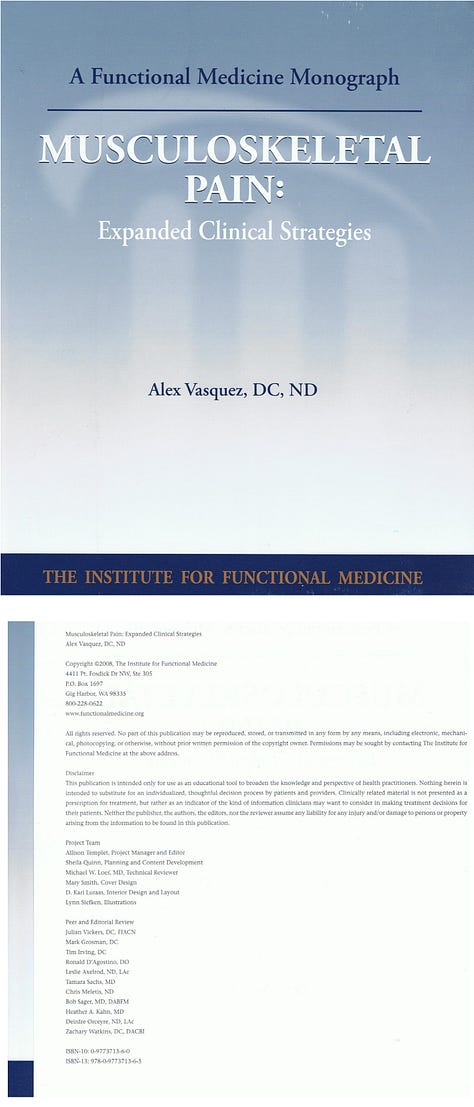
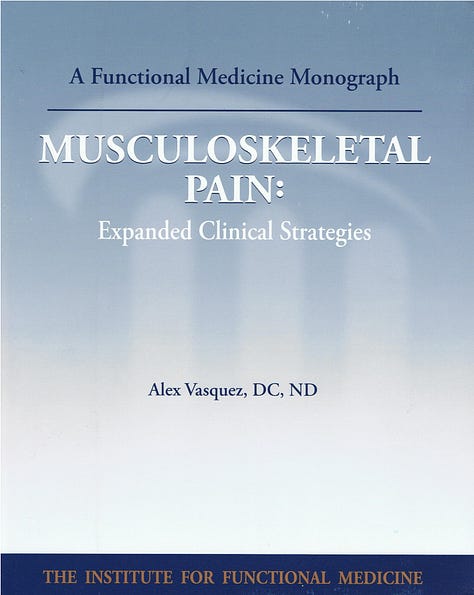

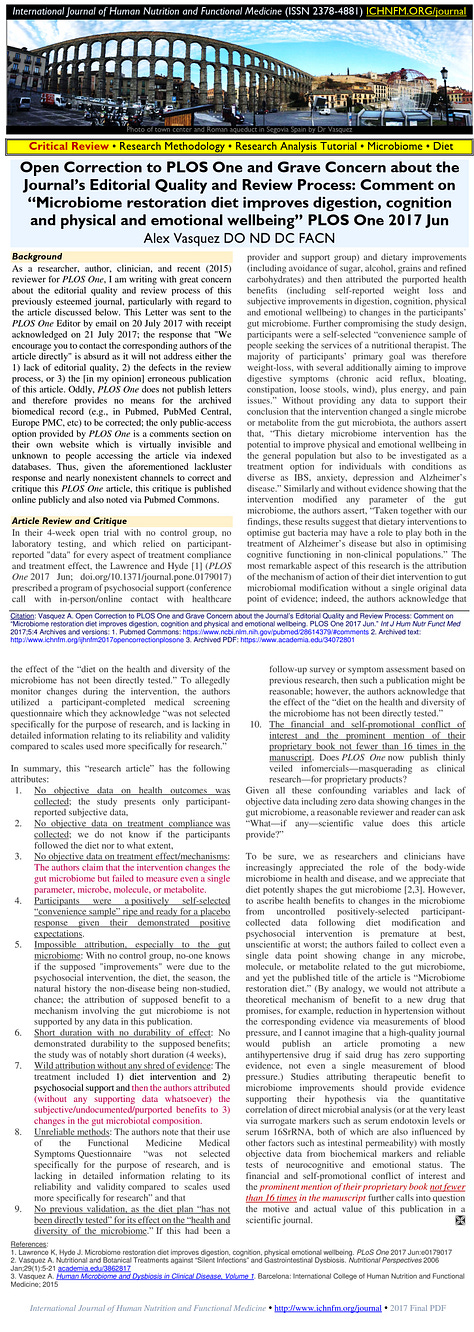
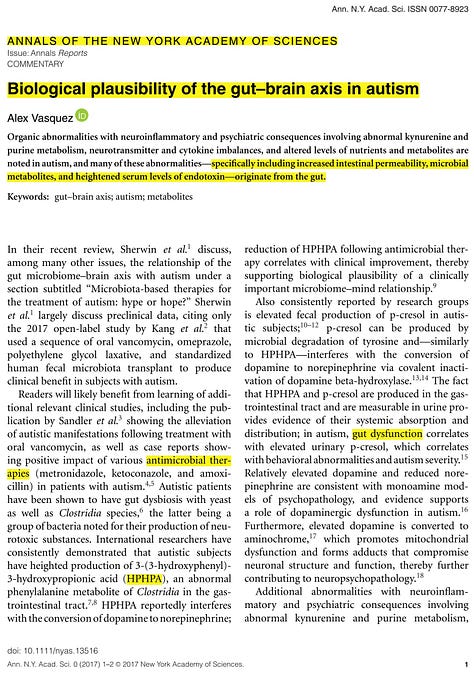

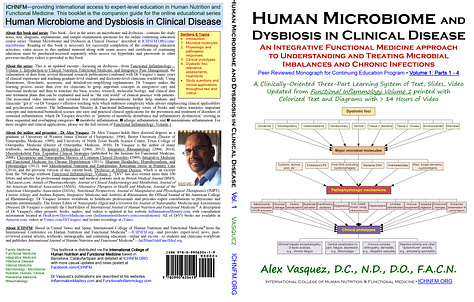
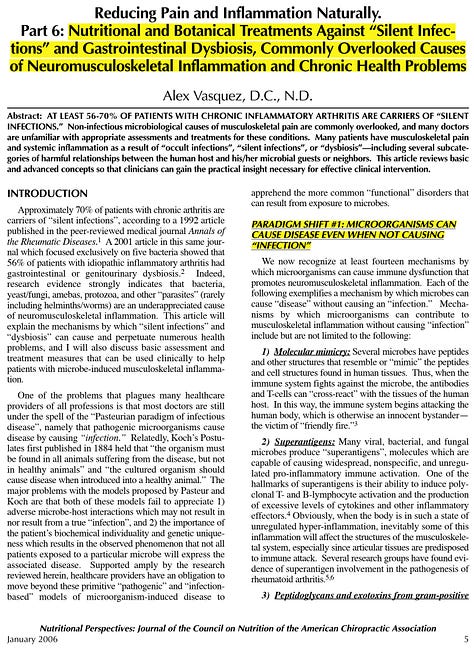
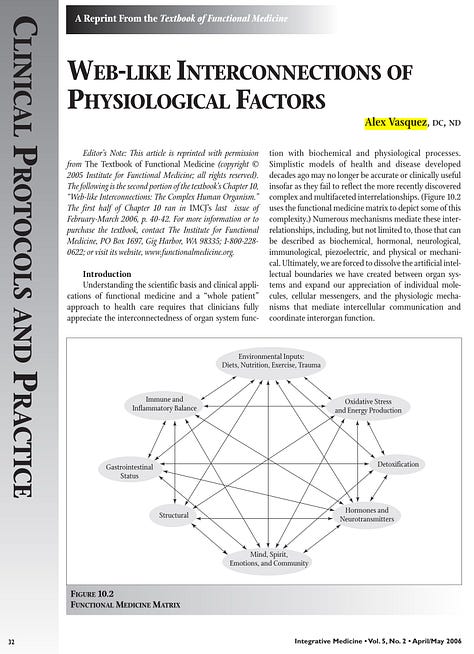
Currently, my largest and most detailed explanation of dysbiosis-microbiome is in Inflammation Mastery 4th Edition currently available at discounted price directly from the publisher:
Sample PDF downloads:
Click here to see the first few pages, including the table of contents and index (size: 6 MB)
Click here for a larger sample with photos (size: 43 MB)
[TUTORIAL VIDEO] Integrating Functional-Naturopathic Medicine into Medical Practice for Specialty and Primary Care [IM4update]
Here is another Update to IM4 = Inflammation Mastery, 4th Edition (available from BookDepository, Amazon, Barnes and Noble, ThriftBooks, AbeBooks, BetterWorldBooks, WaterStonesBooks)
[Adding a paywall line is necessary due to changes in Substack formatting requirements but nothing is added below this line]
nothing is added below this line




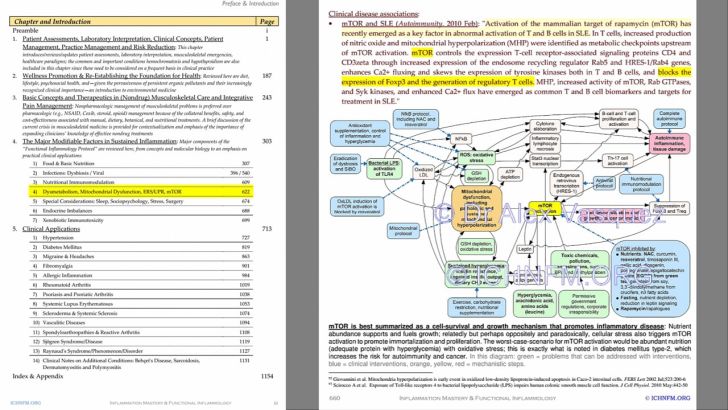
![[TUTORIAL VIDEO] Integrating Functional-Naturopathic Medicine into Medical Practice for Specialty and Primary Care [IM4update]](https://substackcdn.com/image/fetch/$s_!v4bh!,w_1300,h_650,c_fill,f_auto,q_auto:good,fl_progressive:steep,g_auto/https%3A%2F%2Fsubstack-video.s3.amazonaws.com%2Fvideo_upload%2Fpost%2F125753986%2Fff68a1b4-4785-47f6-ac2b-deab1cf20c8f%2Ftranscoded-00001.png)








